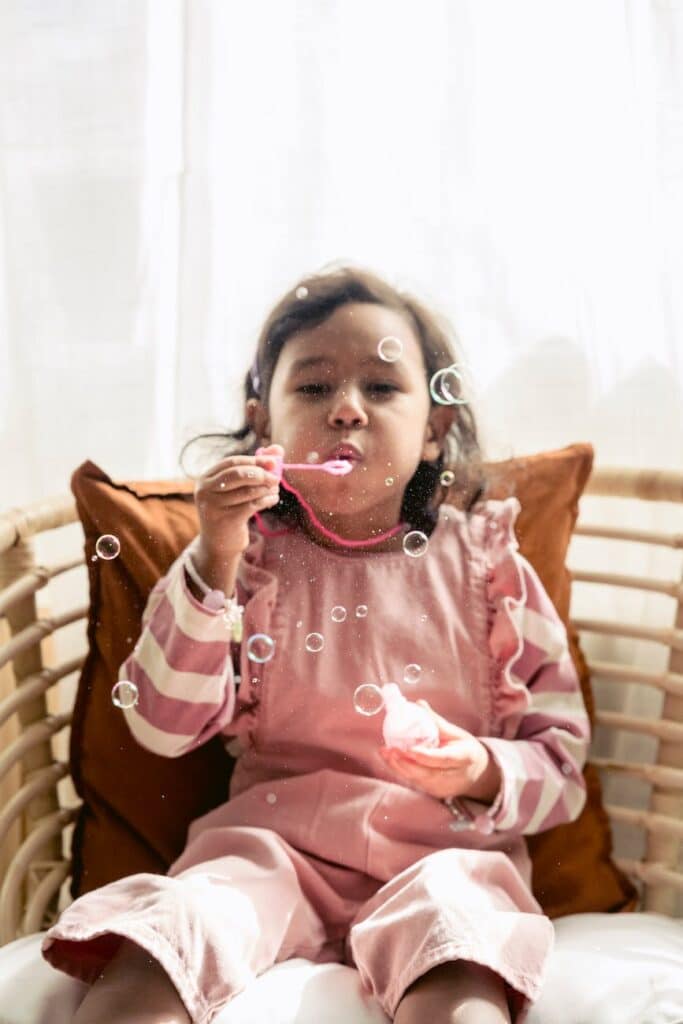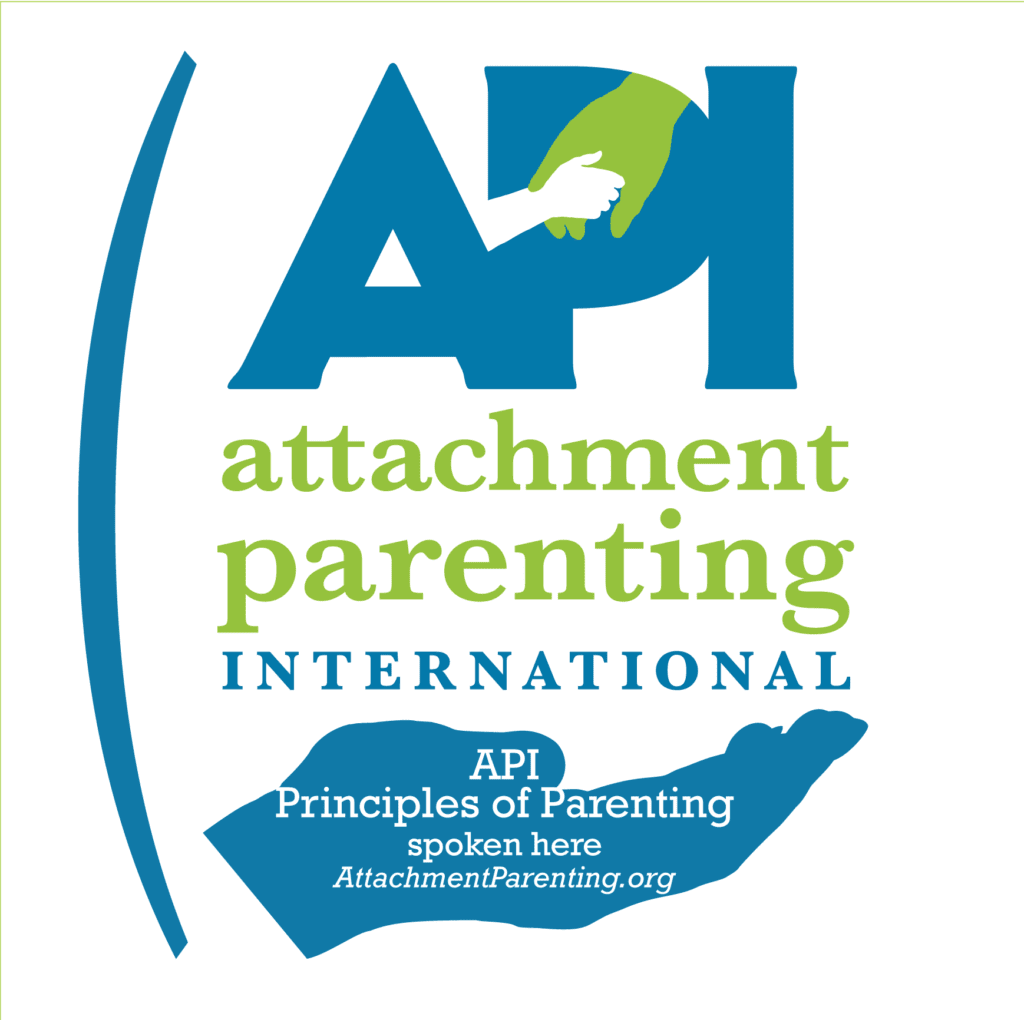If you’re a parent, an educator, or simply a caring adult, you’ve likely encountered the delicate challenge of helping a child navigate anxiety. So often we hear the well-meaning advice of “just take a deep breath,” but what if this common refrain isn’t the balm we hope it to be? Let’s explore this together in a way that’s empathetic, knowledgeable, and, hopefully, a little enlightening.
The Limits of “Just Breathe”
It’s a scene played out in countless homes and classrooms: a child’s anxiety begins to bubble up, and the immediate response is a chorus of “calm down” and “take a deep breath.” But for many children, this advice falls flat. The act of breathing deeply, while beneficial for some, is not a one-size-fits-all solution. The frustration was palpable in the voice of a child I once saw in my office, tired of being told to breathe as a panacea for their anxiety. This child’s experience is far from unique, and it highlights a critical point: the more tense we get, the less helpful it can be to be told to calm down and breathe.
Shaking It Out: A Natural Response to Anxiety
When we consider how our bodies naturally react to fear, we notice something interesting: we shiver. This involuntary response can also be harnessed in a more deliberate way to help children manage anxiety. By encouraging them to ‘shake it out’—whether that means literally shaking their limbs, jumping up and down, or engaging in another form of movement—we can help them work through the physical tension that anxiety brings. This approach is rooted in the understanding that our bodies and minds are deeply interconnected, and sometimes physical action can pave the way to emotional relief.
Movement as Medicine: Trying a Different Approach
So, what can we do the next time we see a child overwhelmed with anxiety? Instead of the default directive to breathe, we might suggest shaking it out. This simple, yet potentially powerful technique offers an alternative path to calmness by channeling the body’s natural instincts. It’s an opportunity to validate a child’s feelings and give them a tool that might be more in tune with their needs at that moment. I encourage you to try this with your child or a child in your care. Observe how it works for them. Does it help to dissipate the anxiety? Does it seem to move the tension through and out of their body?
Every child’s experience with anxiety is unique, and there are no universal solutions. However, by offering a range of techniques and being open to what resonates with each individual child, we can provide a more supportive and understanding environment. If you’ve tried this approach, or if you have other strategies that have worked, I’d love to hear from you. Sharing insights and experiences can be incredibly beneficial to our community of caregivers seeking to nurture and empower anxious children.
Thank you for joining me in this exploration of childhood anxiety management. Remember, our role is not to fix everything for the children in our lives, but to support them in finding the tools that help them manage their own challenges. Let’s continue to learn and grow together for their sake.



